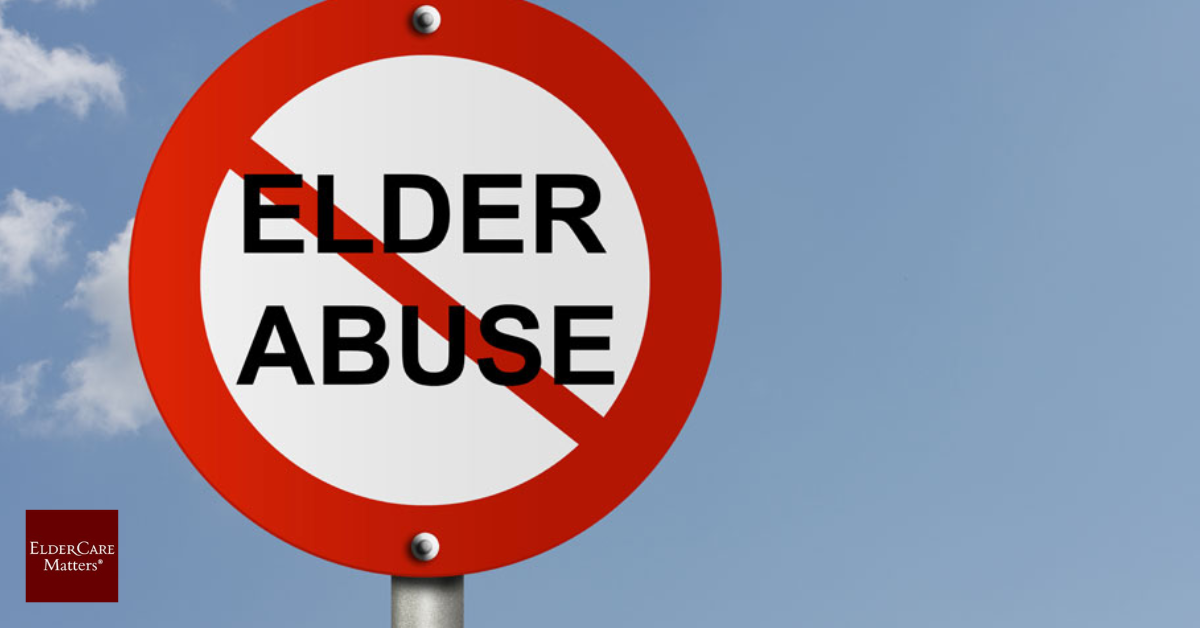
Elder abuse is a harsh reality for many seniors and can take various forms, including financial exploitation, emotional manipulation, and physical harm. Understanding the legal rights of seniors is essential to safeguard their dignity and security. Elder abuse laws serve as a vital shield, offering protection and recourse for victims. This article unpacks these laws and explains how to recognize different types of elder abuse while guiding on the legal measures available.
Legal Rights of Seniors
Seniors possess the same fundamental human rights as anyone else, but their vulnerability often requires enhanced legal protections. These rights include the right to live free from abuse, neglect, and exploitation, to make decisions about their care, and to access legal recourse if harmed. Many jurisdictions have enacted specific elder abuse laws designed to address the unique risks seniors face. These laws help ensure seniors are treated with respect and their safety is prioritized.
Recognizing Financial Abuse
One of the most insidious forms of elder abuse is financial exploitation. Seniors may fall prey to scams, identity theft, or manipulation by trusted individuals like family members or caregivers. Signs of financial abuse include sudden changes in bank account activity, missing funds, unexplained withdrawals, or abrupt changes to wills or power of attorney. Recognizing these warning signs early is critical. The law often provides seniors with protections such as freezing accounts or prosecuting offenders to prevent further exploitation.
Identifying Emotional Abuse
Emotional abuse can be harder to detect, but it is equally damaging. It involves verbal assaults, threats, isolation, or ignoring the senior’s needs. Seniors suffering from emotional abuse may exhibit depression, anxiety, or withdrawal. Elder abuse laws increasingly acknowledge emotional abuse as a serious offense, mandating intervention and support services for victims.
Detecting Physical Abuse
Physical abuse includes any non-accidental use of force that results in injury, pain, or impairment. Bruises, fractures, burns, or unexplained injuries in seniors may be signs of physical abuse. Elder abuse laws impose criminal penalties on perpetrators and enable protective orders to keep abusers away from victims. Immediate reporting to authorities is often required and can save lives.
Legal Steps for Protection
If elder abuse is suspected, it is crucial to act promptly. Reporting to Adult Protective Services or similar agencies initiates investigations and safeguards. Legal measures might include restraining orders, guardianship appointments, or criminal prosecution of abusers. Seniors and their families should consult elder law attorneys who specialize in navigating these protections and advocating for their rights.
Resources and Support Networks
Numerous organizations provide support and guidance for seniors facing abuse. These include local government agencies, non-profits, and elder law clinics. Connecting with these resources helps seniors and their families understand their rights and access necessary legal protections.
The legal rights of seniors are protected under a growing body of elder abuse laws that address financial, emotional, and physical abuse. Awareness and education about these rights empower seniors and their families to detect abuse early and take effective legal action. By understanding these laws, we can work together to create safer, more respectful environments for our aging population.
Protect Your Loved Ones Today: Know Their Rights and Take Action!
If you suspect elder abuse or want to learn more about safeguarding seniors, don’t wait. Contact a trusted elder law attorney or reach out to local Adult Protective Services immediately. Your vigilance can make all the difference. For expert guidance and resources on elder abuse laws, visit ElderCareMatters.com – America’s National Directory of Elder Care Resources for Families now and empower yourself with knowledge to protect the seniors in your life.
Reading Time: 3.65 mins.


